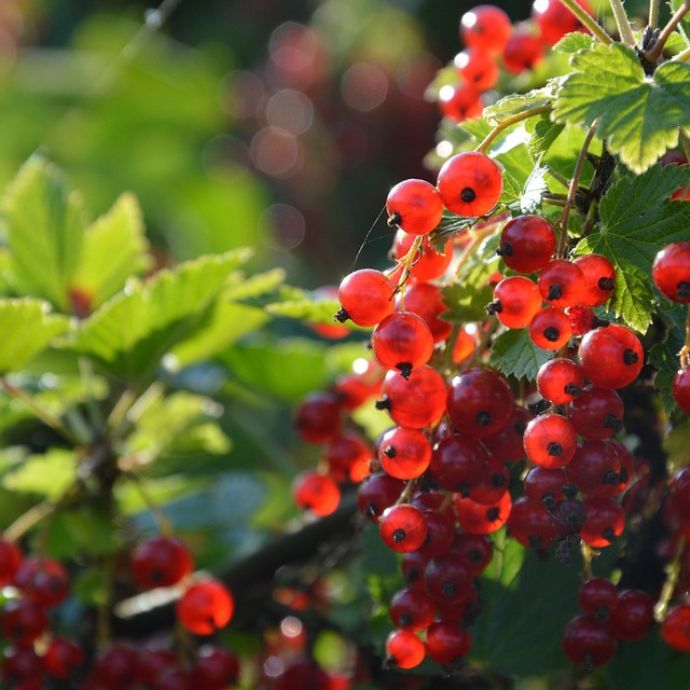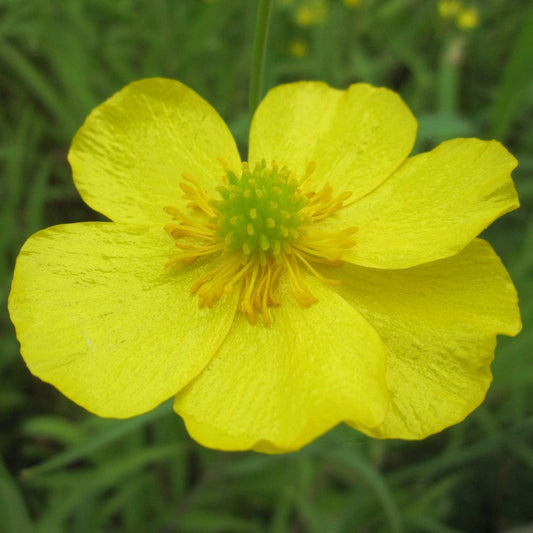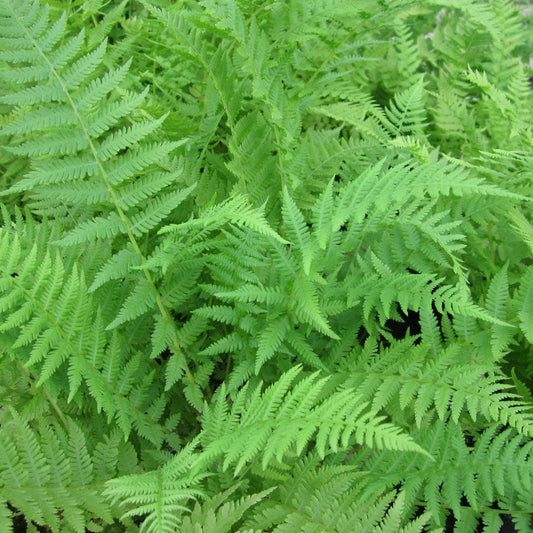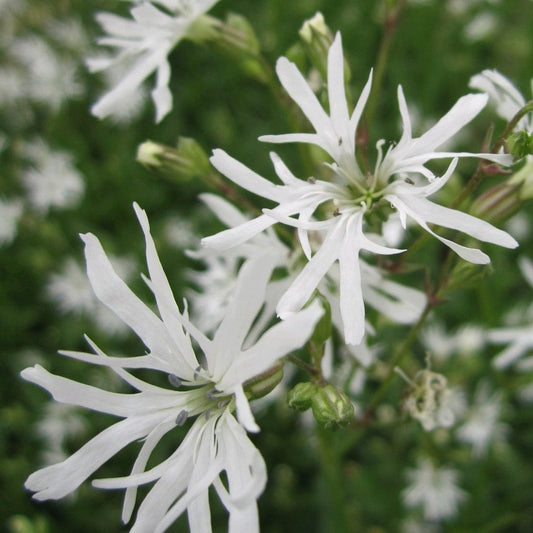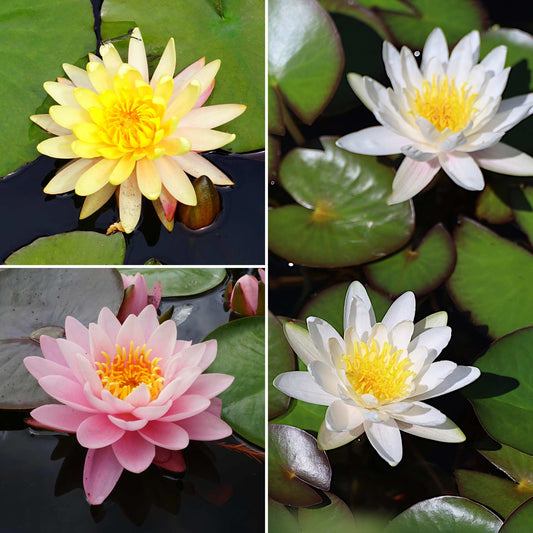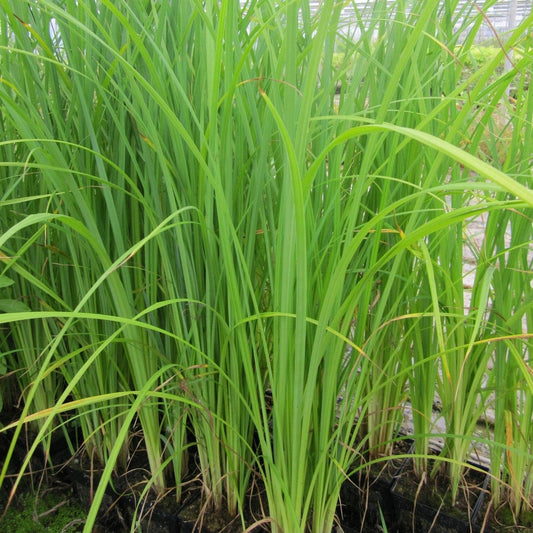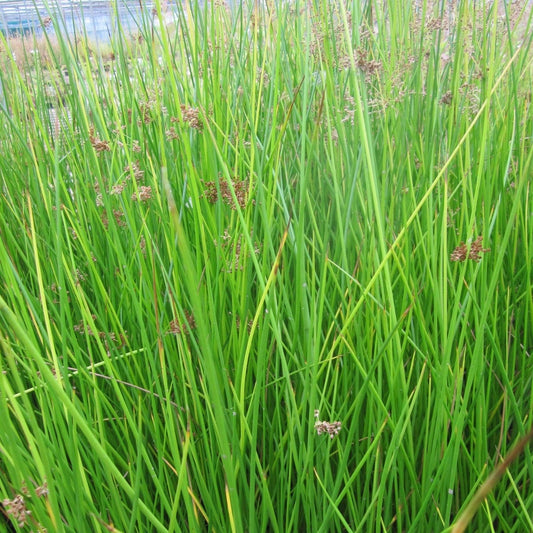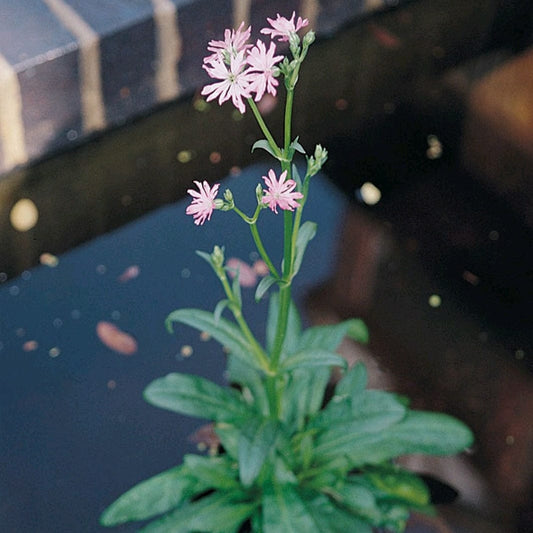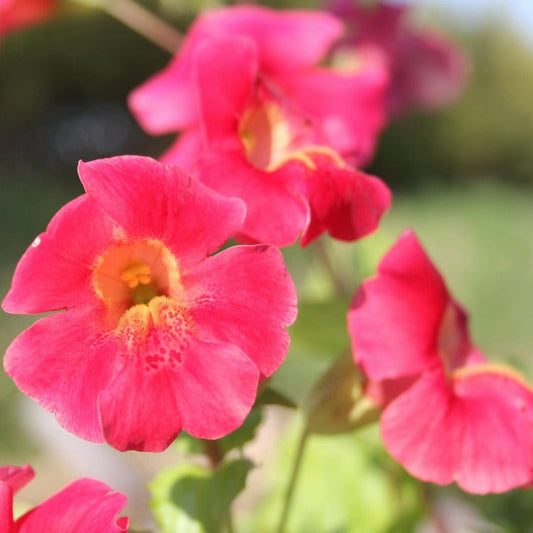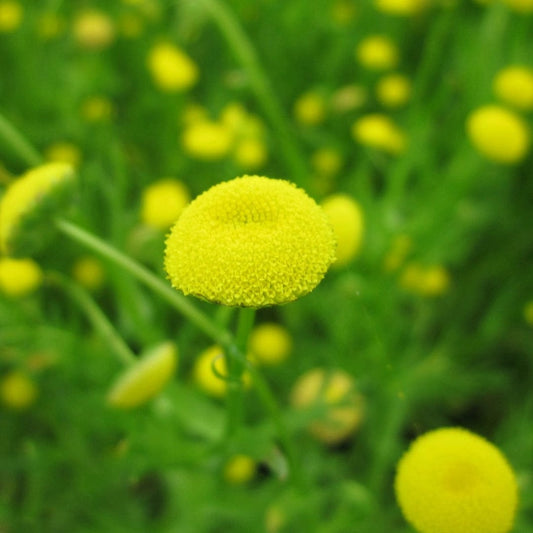How to Keep Pond Water Clear Naturally
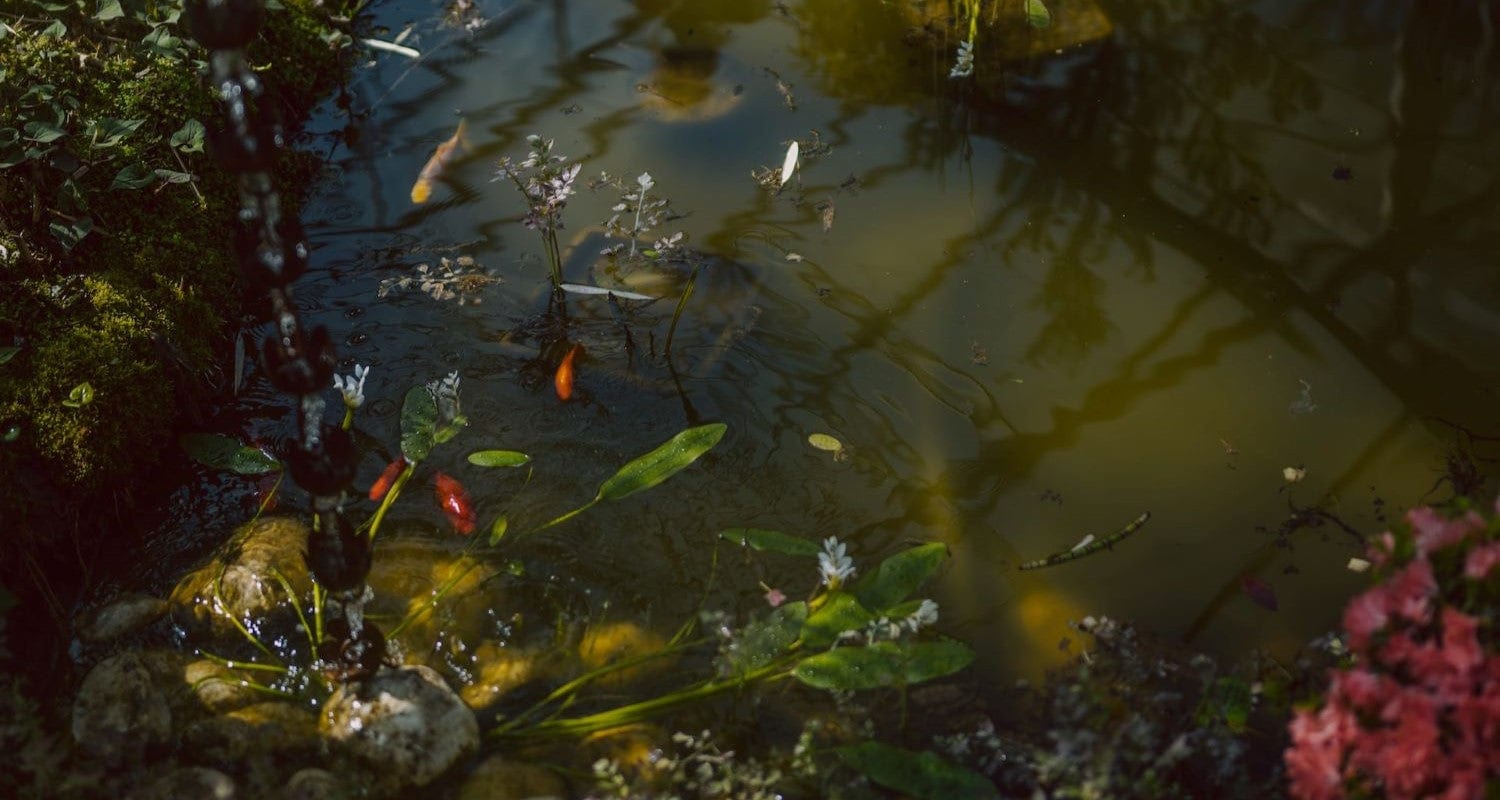
If you have a pond, you’ll want it to look its best as well as providing the perfect environment for wildlife. Algae, falling leaves, soil and pond silt can all muddy the waters.
Having clear water is an important part of maintaining a healthy pond, but what’s the best way to keep pond water clear without using chemicals, and how do you get rid of algae naturally? We asked our pond plant growers for their top tips.
Jump to:
- Positioning your pond
- Allowing water to settle
- Combating algae
- Feeding the fish
- Tackling weeds
- Using filters
Position your pond
If you’re building a new pond, be sure to position it away from any overhanging trees or bushes, or you’ll be dragging leaves out of it for a good part of each autumn. If falling leaves are a problem in your existing pond, you can remove them with a long handled leaf rake or for a less labour intensive solution, cover your pond with a fine mesh or net each autumn - you can remove this once all the leaves have fallen.

Allow the water to settle
If you plant too soon after filling your new pond, it can stir up a lot of silt and soil in the bottom of the pond. It’s best to leave it for about a week for everything to settle, then use a layer of stones or heavy gravel in the top of your planting pots or around plants rooted straight into the pond edges.
Combat algae - pond enemy #1
Algae is a familiar sight in ponds, especially in the summer when the increased warmth and sunlight encourages it to grow. A little algae is nothing to worry about - it’s simply a part of your pond’s ecosystem - but if it gets too thick or spreads too fast, it can become a problem, reducing oxygen levels and impeding the growth of other plants.

If you have a lot of algae, you can easily remove it by skimming it from the top of the pond. I use a long handled pond net, but you can also use a leaf rake. These are some other methods of dealing with algae.
1. Oxygenating plants
Oxygenating plants are your friends in the fight against algae, as they feed on the same nutrients as well as absorbing the carbon dioxide it needs to grow and converting it to oxygen. The more nutrients they eat, the fewer there are for the algae! Marginal (pond edge) plants are also competitors for nutrients and floating plants like water lilies reduce the amount of sunlight on the water’s surface (which algae also needs to grow) so be sure to include plenty of each.
2. Barley straw
If you have a lot of algae or blanketweed, a good organic solution is to use barley straw. You don’t need much, but you should plan on adding it to your pond six to eight weeks before the warm weather brings the algae. As the barley straw rots, it releases a chemical which prevents the growth of algae. As it’s a natural product, it’s completely safe for wildlife ponds.
3. Snails
If you add snails to your pond, they’ll not only bring more biodiversity, but they’ll help to keep the water clean too, by eating plant debris and algae. They’re fascinating to watch, especially the ramshorn snails, which float on the surface of the water. (Don’t use ordinary garden snails for this, only aquatic species.)
4. Pond fountains
A pond fountain can help to reduce the growth of algae by aerating the water and increasing its oxygen levels. I like the solar powered ones which can be bought quite cheaply and will float in your pond, but it’s best to bring them indoors over winter as they can get dirty or crack in lower temperatures.
You’ll never defeat the algae completely, but if you keep it to a minimum using these tactics, it shouldn’t be a big problem.

Feeding your fish
Overfeeding fish can be a cause of dirty pond water. As a rule, you should feed them only what they can eat in two to three minutes as any left on the surface uneaten will rot and provide nutrients for algae. A fish’s metabolism slows down in autumn and winter and they need less food, so be sure to reduce the amount you feed them accordingly.

Weeds and fast growing plants
When your underwater plants have become established, you may need to cut them back if they’ve grown too large for the space. If fast growing plants are allowed to take over, they can stop the movement of the water, which reduces oxygen levels and encourages stagnation, as well as preventing any fish from moving about freely.
Filters
For larger ponds, a filter can be useful for keeping the water clear and save you a lot of manual work. You’ll need to clean it once a week or so - usually this just involves removing the filter, spraying it with a hose and replacing it. If your pond filter starts making a loud noise or leaking, that’s a good indication that it needs cleaning.
For more pond care tips and advice, browse our support centre or get in touch with us.Last updated: 13/11/2023







